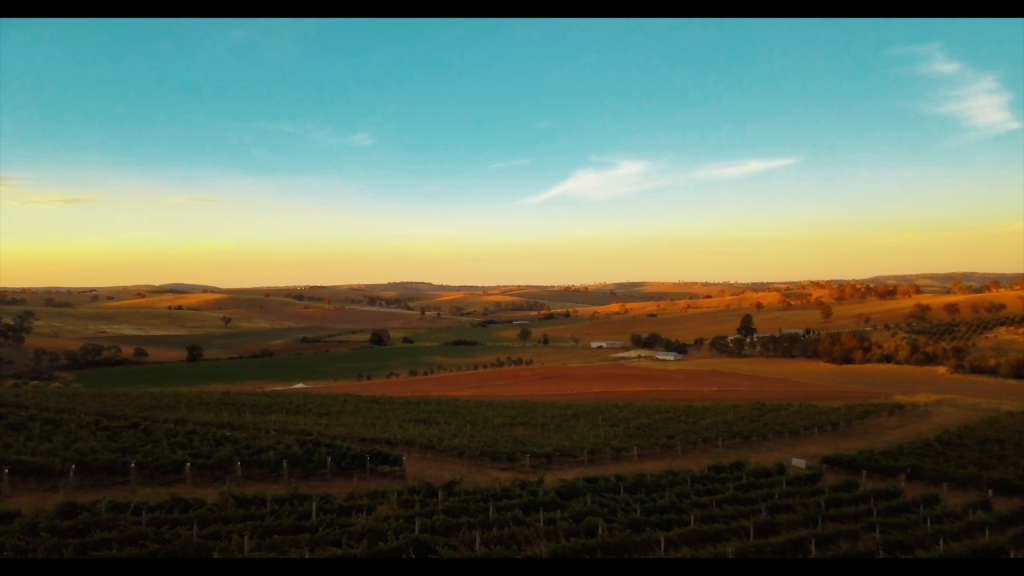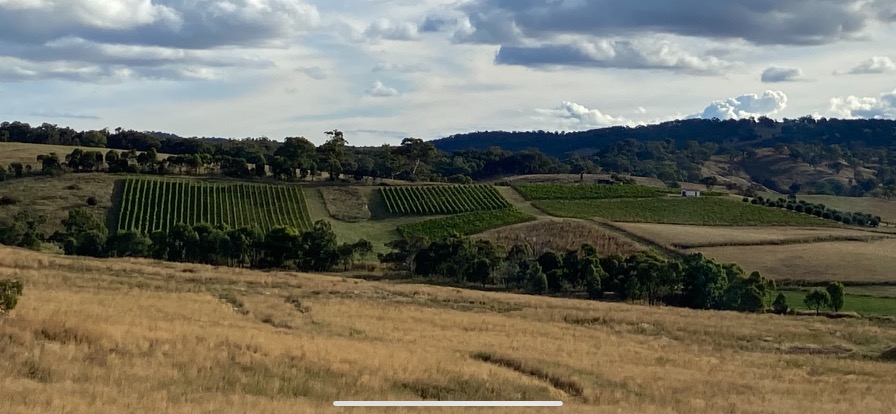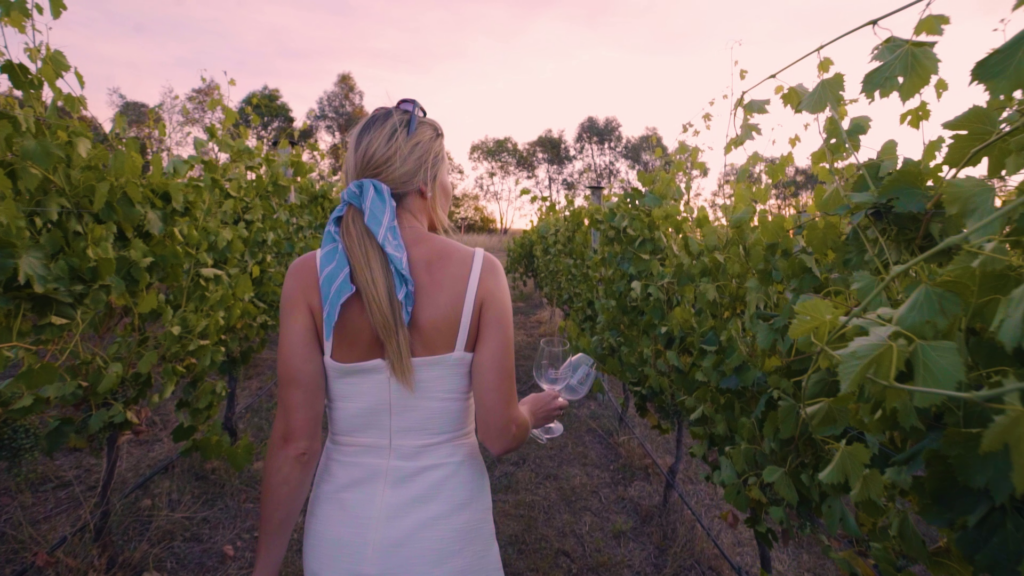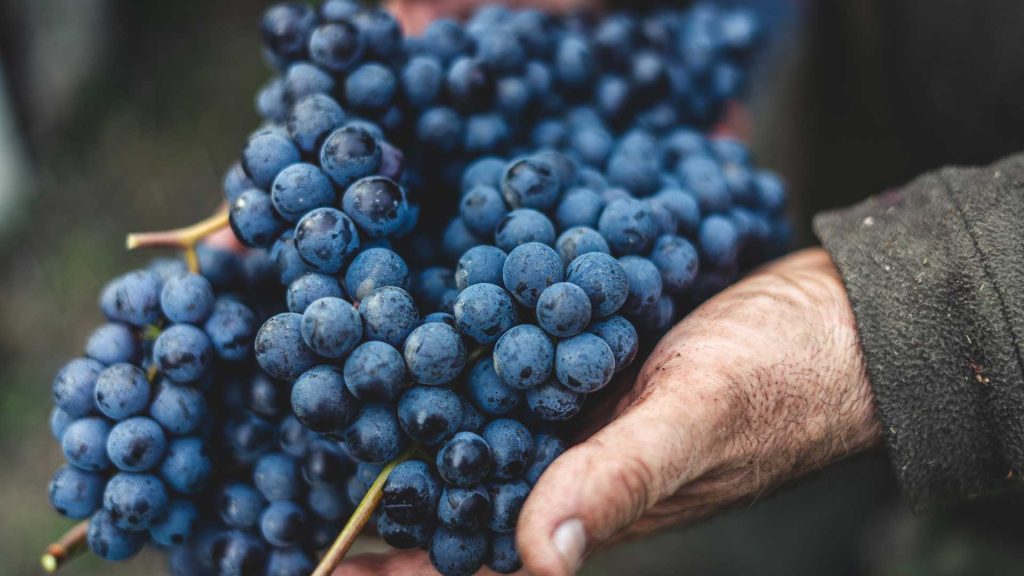Our Vineyard
Our Vineyard
Vale Creek Wines were originally set up by Tony Hatch and Liz McFarland who spent considerable time in Italian vineyards in 2002, 2005 and in 2006 Tony did a vintage at Castello di Bossi in Southern Chianti.
After much research and with the help of Dr Alberto Antonini, a world renown oenologist from Tuscany, vines from some of Italy’s leading vineyards were selected and sourced. These were propagated by Bruce Chalmers of Chalmers Nurseries in southern New South Wales and following Alberto’s advice, were planted in the high density manner of a modern Italian vineyard.
The first vines to go in at Vale Creek were Dolcetto and Barbera in 2002. Arneis was planted in 2003, Sangiovese and more Dolcetto in 2004 and Pinot Grigio in 2005.
Developing this unique winery and cellar door in Bathurst has brought the best of Italy to our doorstep yet managed to retain the essential Australian character of their picturesque valley. Talk about a nice blend!


Vale Creek Soil
Cow Flat is made up of Limestone based Sandy Loam through to lucerne river flats. Limestone is said to be the finest wine-producing soil in the world and, indeed, it is found in many famous regions. Limestone drains well but also hold water for vines to absorb when needed. Wines made in limestone soils are generally long-lived and have bright, linear acidity.
Sandy Loam is a soft, crumbly mix of sand, silt, and clay that drains easily and works well in wet climates. In cool climates these soils also retain heat that helps produce aromatic wines. It produces white wines with delicacy and reds that are voluptuous.
The Region
Vale Creek Wines is in the Central Ranges Wine Zone located in the Central West of New South Wales. The region lies to the west of Sydney, on the inland slopes of the Great Dividing Range, across the Blue Mountains. The Central Ranges zone includes Bathurst, Mudgee, Orange and Cowra.
Italian Wines
The varietals at Vale Creek Wines come from the Central and Northern Regions of Italy. The wines are medium bodied, elegant and the perfect accompaniment to fine food and conversation.
Italy is the perfect location to plant and grow wine grapes. The wine grapes in Italy are far outnumber the grapes found in France, Greece and Spain combined. The native grapes of the country make up 25% of the wine grapes of the world. As Italy does not have the same planting restrictions as other European countries it is renowned for its innovation and huge range of grapes varieties.
In Australia approximately three quarters of grapes are of French origin and two thirds of grapes grown come from just four varieties. With a greater awareness of and attention to good food, wines that are more on the savoury, acidic and structured side, such as the food friendly Italian wines are gaining in popularity.
The advent of climate change and higher temperatures causes grapes to ripen early and has an effect on the sugar and acidity levels. The hotter vine-growing areas of Australia may struggle to achieve the required natural acidity in their wines and so will need to find grapes that can cope more easily with excessive heat. Italian varietals generally have more natural acidity and so can cope better with hotter climatic conditions. Adding to their growing popularity.


Cool Climate Wines
Typically, grapes grown in cool climate regions are exposed to concentrated sunlight and cooler air temperatures which allow for longer ripening periods producing better balanced wines. Lower temperatures and higher solar radiation produce more concentrated flavours as the UV rays are better able to penetrate the grape skins and ripen the pips producing supple tannins.
Another contributing influence is the large range between a day’s highest and lowest temperatures. This change in temperature allows for ripening and flavour development during the day and acid retention during the night. Aromas and flavours in cool climate wines are better balanced, complex and intense with the natural acidity bringing brightness and freshness.
